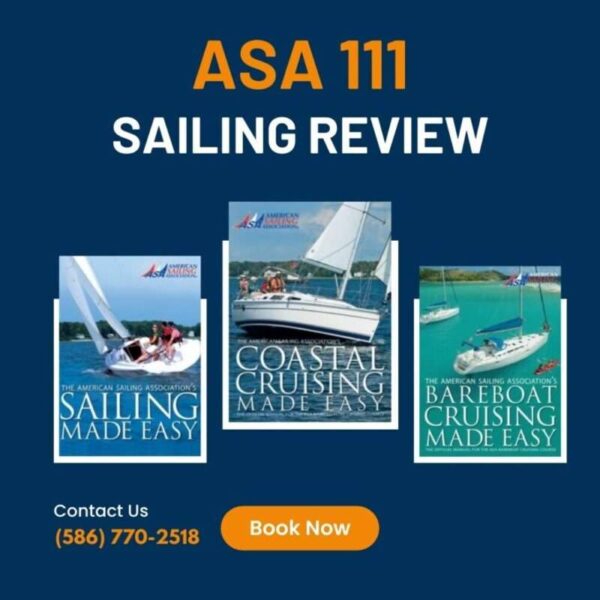2024 New Year’s Offer – Sailing
2024 New Year's Offer - Sailing Buy any sailing class and get the second class half off. Set Sail into Savings with Lake St. Clair Sailing School's New Year's Offer! Lake St. Clair Sailing School is ringing in the new year with an offer that will have you catching the wind in no time. Buy any sailing class and get the second class of equal or lesser value for half off! This is the perfect opportunity to learn the ropes, hone your skills, or even introduce a friend or family member to the joys of sailing. Here's how to take advantage of this exciting offer: Choose any sailing class offered by Lake St.…





